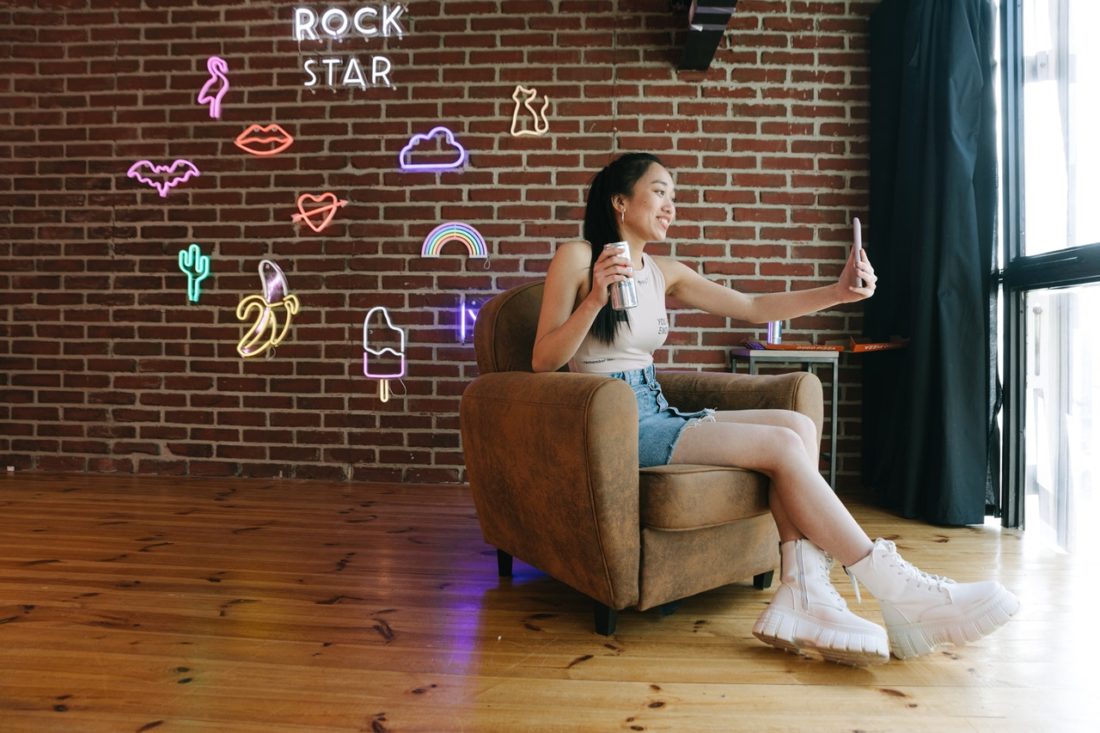Online retail is already ubiquitous; now live shopping is poised to drastically change the entire shopping experience as we (used to) know it.
Leading social platforms, from Facebook-owned Instagram to e-commerce behemoth Amazon and Amazon Live, continue to place their bets on livestream shopping. Through successful showcasing of its creators, YouTube streaming has become one of the most trusted sources for product recommendations. And last year Facebook introduced Live Shopping Fridays. Even Twitter now hosts its own Shop Spotlight.
According to a survey conducted by influencer marketing platform Mavrck, 47% of respondents say they use Instagram for shoppable live streams whereas only 9% say they use TikTok. But as with all things TikTok, just wait.
TikTok’s sister app, Douyin, has already proven it is more than capable of generating successful live shopping sales in China, and brands worldwide have taken notice. In anticipation of similar success here in the U.S., TikTok is investing heavily in its livestream functionality. They’re also investing in new opportunities and partnerships for both brands and creators.
In fact, 67% of TikTok creators say they’re open to a live shopping collaboration with a brand. This could take many forms including hosting an event, making product recommendations, and even becoming a brand ambassador.
In another win for the streamlined shopping experience, TikTok recently partnered with WooCommerce to enable businesses to sync up their WooCommerce product catalogs with their TikTok for Business profiles by downloading the customizable plugin. It’s important to note that the popular open-source WooCommerce platform only works with WordPress websites. (Read more about WooCommerce and WooCommerce hosting on WP Engine.)
Shopping in the Stream
The live shopping experience is only growing due its ease and convenience of purchasing products live on a user’s preferred broadcasting platform. In 2021, the U.S. livestreaming market was worth an estimated $6 billion and could reach $11 billion by the end of 2022. In addition, Coresight Research, which focuses on retail clients, projects that livestream shopping could exceed $25 billion by 2023.
Consider the early partnership between Walmart and TikTok during the 2020 holiday season. They piloted a new shopping event via livestream, the first ever for TikTok. Users shopped Walmart’s products within the app which featured content from top TikTok creators and influencers. One of TikTok’s key e-commerce priorities has been to monetize its popular contributors, thereby enticing them to stay.
The Walmart and TikTok livestream event saw seven times more viewers than expected and added 25% to Walmart’s follower base. A large portion of the products came from fashion and beauty brands, an increasingly popular category in live shopping. In fact, 35.6% of livestreamers say they shop live for apparel and fashion—the most sought after products by far.
Furthermore, according to a McKinsey study, millennials spend the most on fashion and beauty (31%), boomers are second (25%), Gen X is third (24%) and Gen Z is last (20%). It may surprise you, however, that Gen Z spends more on luxury products than any other generation.
#TikTokMadeMeBuyIt
The famed #TikTokMadeMeBuyIt hashtag went viral in 2021, receiving over 7 billion views and counting. Much of its popularity came from influencers promoting beauty and wellness products and related brands.
TikTok continues to improve and refine its TikTok Shopping suite of tools to provide a more robust shopping experience. According to Mavrck, the upgrades are intended to, among other things, help brands integrate products straight from their shopping catalogs into the livestream.
And that’s good news for brands. Stats from TikTok for Business show that 37% of consumers will immediately want to buy a product they see on the app; almost 70% of TikTok users say they’re “inspired” by the app to shop. One of the notable perks of livestream shopping, according to Coresight, is that returns are 50% lower when buying items via livestream compared to traditional e-commerce purchases.
Speaking of shopping (and really, who isn’t), TikTok’s content-driven Community Commerce marketplace grew out of #TikTokMadeMeBuyIt.
The Laws of Attraction
A recent survey found that 74% of businesses take advantage of live shopping in order to directly engage with consumers. That’s good news for the influencer marketing industry, which is set to reach $16.4 billion in 2022.
TikTok has become one of the go-to platforms for influencers, specifically micro-influencers and even nano-influencers, which tend to have more of a niche audience. Thanks to the narrower target, smaller-scale influencers are also able to cultivate a more authentic connection with followers. This can help boost the success of third-party promotions and buyer loyalty due to the greater intimacy of live shopping.
Another factor that impacts the live shopping experience is the chat feature, where influencers can respond to prospective shoppers in real-time and engage in actual two-way conversation.
Shop to Live, Live to Shop
Over 20% of people who shop on TikTok say they browse and buy goods on the app, evidence of a trusting and loyal consumer base. That’s a higher percentage than any other social media platforms including YouTube (16.6%) and Instagram (16.4%). TikTok has already proven its value as an innovative and collaborative shopping platform. Now it’s taking that to the next level with a more robust livestream shopping experience.
Image credit: Ivan Samkov
